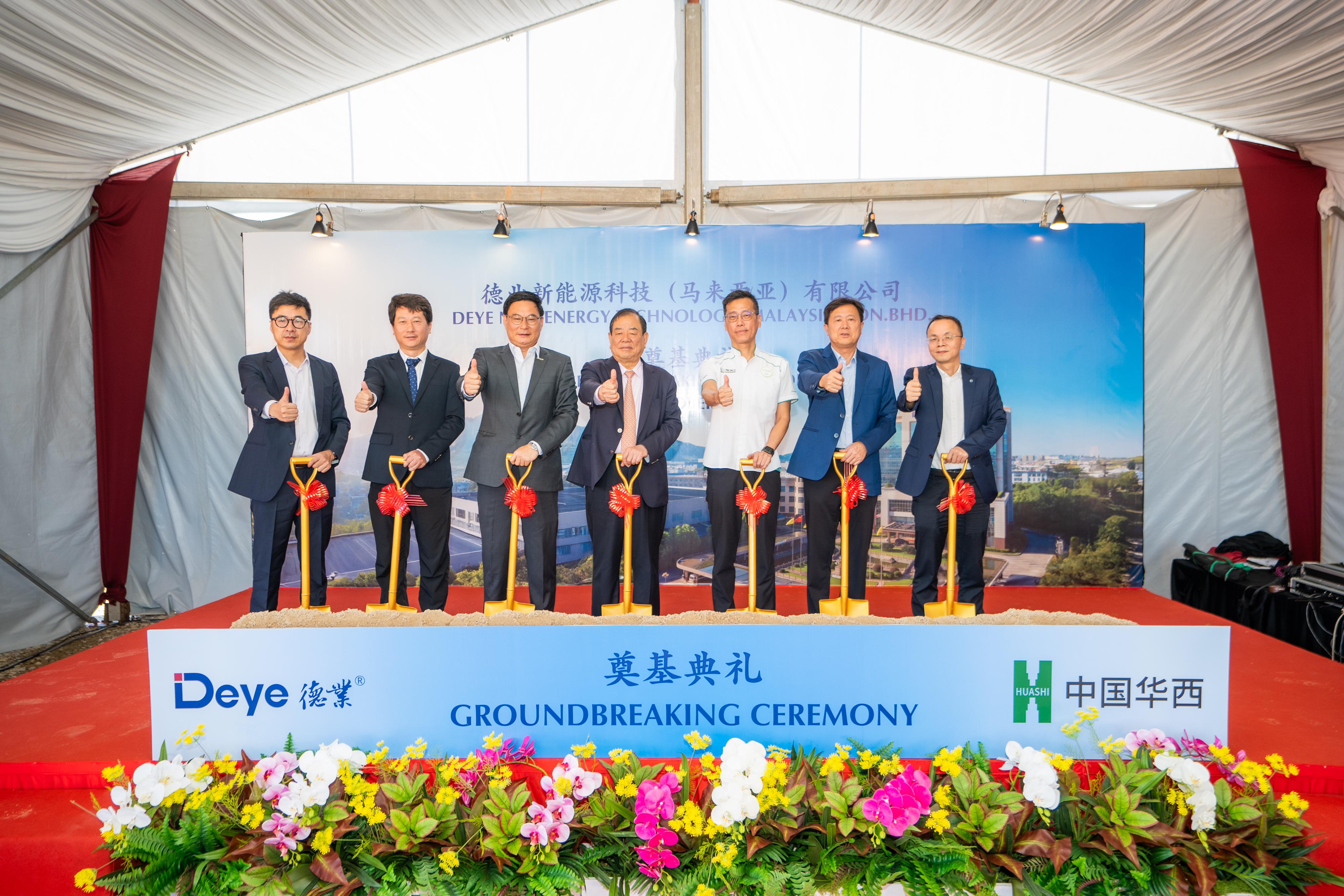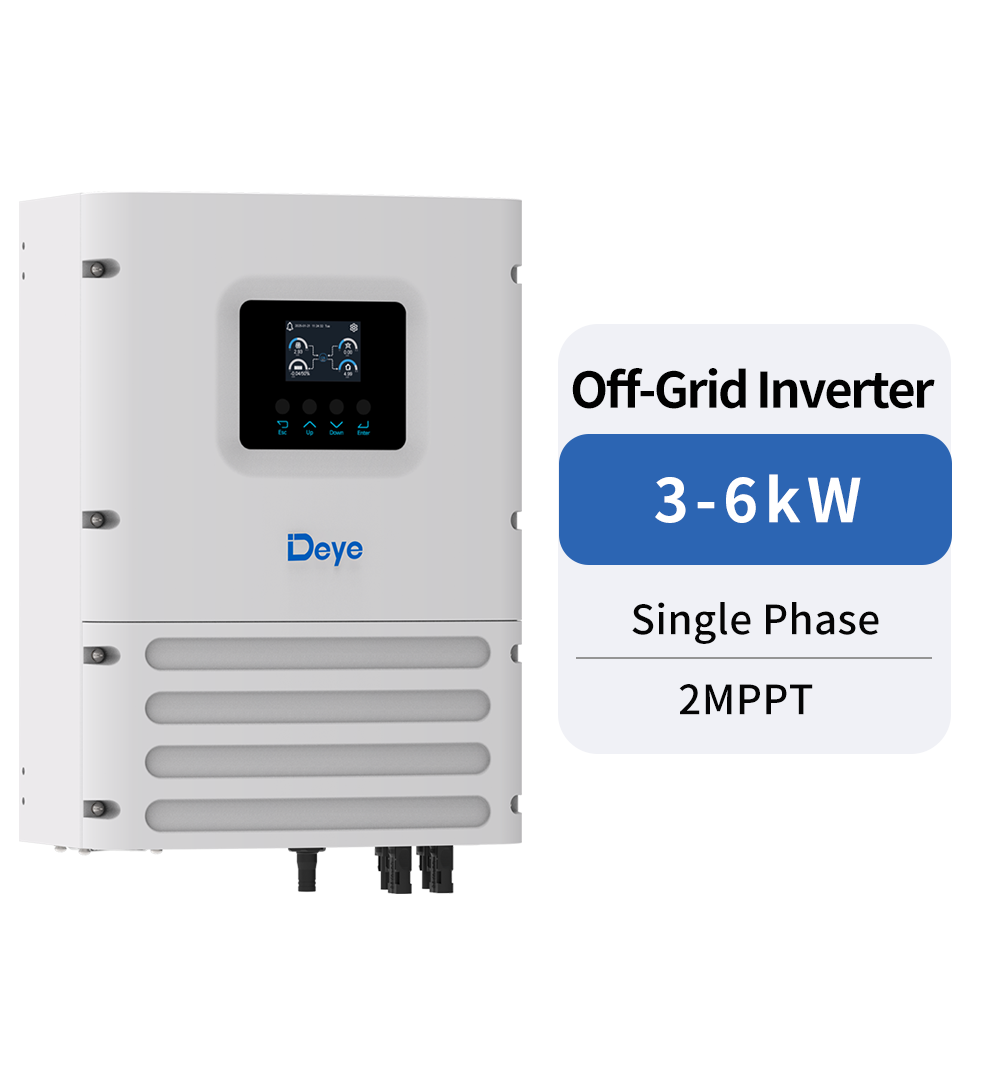Technical Topics
About On Grid Inverter, off grid Inverter, inverter & optimizer
If you want to reduce your utility costs and increase your home's energy efficiency, an on grid inverter might be the way to go. This kind of inverter uses a battery bank and a power management system to optimise power usage. With a battery bank, you can even switch on larger appliances during peak daylight hours. Compared to an off grid setup, this type of inverter requires less installation time but costs more upfront. It also requires specialised equipment, which makes it more expensive.
off grid inverter
When choosing an off grid inverter, it is important to consider a few features. A few of these factors are KW rating, capacity, and input voltage range. Most off grid homes are a little over a kW in size. For larger homes, farms, and businesses, you can consider a larger unit of eight to 16 kW. Here are some tips to help you choose the better off grid inverter for your needs.
When purchasing an off-grid inverter, keep in mind that off-grid homes typically have very cold climates, making it important to consider the inverter's temperature range. A typical off-grid inverter should have an operating temperature range of -15 degrees F and higher. These features are vital for an off-grid home, where temperatures can drop to -15 degrees F.

Aside from the basic features, off-grid inverters can also be ordered with two basic power output waveforms: modified sine wave (MSW) and pure sine wave (PSW). The modified sine wave inverter is suitable for DIY emergency solar kits and cabins with modest electrical needs. However, modified sine wave inverters may not work well for more modern electronic loads. On the other hand, a pure sine wave (PSW) inverter will work in all types of off-grid solar power systems, including mobile applications.
While an off-grid solar + storage system can be complex, the right off-grid inverter will make it possible for you to enjoy electrifying days without a power source. Proper design and installation will ensure you enjoy many more electrified days. You can choose from a variety of off-grid inverters, so be sure to research each one before making a final decision. You will be glad you did.
The two more popular types of off-grid inverters are the modified sine wave and the modified square wave inverters. A modified sine wave inverter is less expensive but will not run inductive loads. It requires a high starting current, which is not good for devices that run on electromagnetic principles. A modified sine wave inverter may not allow you to operate variable speed tools. If you're worried about this factor, consider buying a sine wave inverter.
hybrid inverter
A hybrid on grid inverter can utilize both solar and electric utility power to produce electricity. During the day, it stores solar energy, which is then used to power home appliances. During the night, the hybrid inverter automatically draws power from the battery. Because of its multi-mode operation, it can reduce dependence on the electric utility company. With the hybrid inverter, it is possible to customize the operation modes.
Hybrid on grid inverter is a device that converts solar direct current into alternating current. This is the type of electricity that passes through zero a hundred or 120 times per second. Hybrid inverters can be connected to the utility grid to provide power and charge batteries, depending on your location. A hybrid inverter can be installed alongside solar panels and batteries, which allows you to gradually add them as you build your renewable energy system.
In order to maximize the benefits of solar energy, choose a hybrid on grid inverter. These products are designed for residential, commercial, and industrial applications. They are convenient and easy to install, and they are capable of monitoring all of the variables required for your system. A hybrid on grid inverter can provide power to your home at 20ms of response time. Hybrid on grid inverters are available in five-kilowatt and ten-kilowatt capacity units. Whether you are using solar energy for your home or generating power for your whole system, a hybrid on grid inverter can help you achieve your goal.
A hybrid on grid inverter is better suited for grid-tie systems. It can provide backup power in the event of an electric utility failure. Hybrid solar power systems can also incorporate a backup generator that allows for as-needed power. They are easy to use, safe to install, and are easy to service. Hybrid inverters are safe, efficient, and easy to service. These products are designed to integrate with solar panels for better energy efficiency.
Although a hybrid solar inverter will cost more initially, it will be worth it if you have solar battery storage. Hybrid inverters also offer more flexibility than separate solar equipment. They allow you to modify many parameters, which is a major advantage compared to a separate inverter and charge controller. In addition, hybrid inverters are less expensive than standard solar inverters. But if you live in a rural area or have frequent power outages, you may want to consider a hybrid on grid inverter.
inverter & optimizer
There are two primary kinds of on-grid inverters, the microinverter and the power optimizer. Both provide similar benefits, and they're both priced similarly. The microinverter is more expensive than the power optimizer, and it has a lower warranty period. However, the power optimizer will be exposed to more wear and tear over time, especially since it's located on the rooftop.
The main difference between an on-grid inverter and an optimizer is their MLPE capability. Power optimisers, such as Envoy from Enphase, allow you to monitor peak power output and estimated energy output from each module. They also allow you to monitor the system's performance from panel-level data, which makes it much easier to spot problems and prevent them before they happen. These devices are more expensive than the traditional inverter, so they're more desirable for smaller solar installations.
An on-grid inverter and optimizer is a device that works with solar panels. Solar modules in parallel strings are connected to a central inverter. The solar modules in a string receive varying amounts of sunlight. If the two strings aren't connected properly, the central inverter can't find the max. output of each string, and will instead set a point in between. This can result in mismatch losses.
Power optimizers are an upgrade from string inverters, and they're great for homeowners who want to maximize the amount of power that each panel is generating. A power optimizer can improve the overall output of a system by compensating for any inefficiencies in one panel while decreasing the overall output voltage. This upgrade can also improve the warranty on your entire system. However, it isn't a good choice for everyone.
If you're buying an inverter, make sure that the warranty covers installation. This will prevent you from spending more money than you need to. In addition, the warranty should cover replacement parts, installation labor, and shipping costs if something goes wrong. Check the warranty period for your inverter and optimizer before purchasing. The warranty period is generally a few years. But it's never a bad idea to get a warranty if you plan to use your solar panels regularly.
solar inverter system
A solar inverter is a critical part of any solar system. As solar projects and the grid become more sophisticated, inverters are becoming more advanced. Listed below are some examples of inverters. Read on to learn more about them and how they can benefit your solar project. Let's start with the basics. An inverter monitors and controls the voltage of solar panels. When the power produced by the solar panels is equal to the voltage of the inverter, the system is producing electricity.
The main difference between a regular inverter and a grid-tied inverter is their power rating. Choosing an inverter with a higher power rating is recommended, but a regular one can be effective. The inverter's power rating should be based on the solar panel's power output. Some models have a power range of up to 6.6kW, while others are designed to work with 48-volt DC battery banks. Tesla Powerwall-compatible hybrid inverters are another option for off-grid systems.
Whether you choose to install a grid-tied solar system or a standalone system, a grid-tied solar system can still save you money. Although you will incur a service charge for connecting the system to the grid, this charge is usually flat-rate and isn't based on the amount of electricity used. Unlike a purely solar energy system, the electricity generated by a grid-tied solar system is delivered back to the power grid, allowing you to keep a positive impact on the environment.
A network of small solar panels can designate a single inverter to operate in grid-forming mode. The other panels can then follow that guide to create a stable grid without turbine-based generation. These technologies are also called "grid services" and help manage the electricity grid. They make the process of installing a solar inverter system easier and cheaper. The benefits of grid-connected solar panels are clear.
A grid-tied solar inverter is designed specifically for the North American market. The output is fitted with an inbuilt transformer for direct connection to low voltage grids. This model offers a 96.8% efficiency, a range of features and an NEMA 3R enclosure. It features a DSP control system, a film-type capacitor, and comprehensive protection controls. This unit is an excellent choice for those looking for a solar inverter system for their homes.
PREV:Boosting Efficiency With a Three Phase Inverter
NEXT:Deye Hybrid Inverter Review
Share
Product recommendations
news recommendations
-

-
 Green Industry, Bright Future: Deye Distributor Summit – Dubai 2025 Concludes Successfully
Green Industry, Bright Future: Deye Distributor Summit – Dubai 2025 Concludes SuccessfullyIn November 2025, Deye Group successfully hosted the “Green Industry, Bright Future—Deye 2025 Dubai ...
-
 Deye’s Malaysia Johor Manufacturing Base Officially Breaks Ground — A Key Step Forward in Its Globalization Strategy
Deye’s Malaysia Johor Manufacturing Base Officially Breaks Ground — A Key Step Forward in Its Globalization StrategyOn October 2, 2024, Deye Group (hereinafter referred to as “the Company”) held a groundbreaking cer...

 China - 简体中文
China - 简体中文 Global - English
Global - English Brazil - Português
Brazil - Português Netherlands - Dutch
Netherlands - Dutch Italy - Italiano
Italy - Italiano Germany - Deutsch
Germany - Deutsch Spain - Español
Spain - Español France - Français
France - Français Vietnam - Tiếng Việt
Vietnam - Tiếng Việt Poland - Polski
Poland - Polski Australia - English
Australia - English


